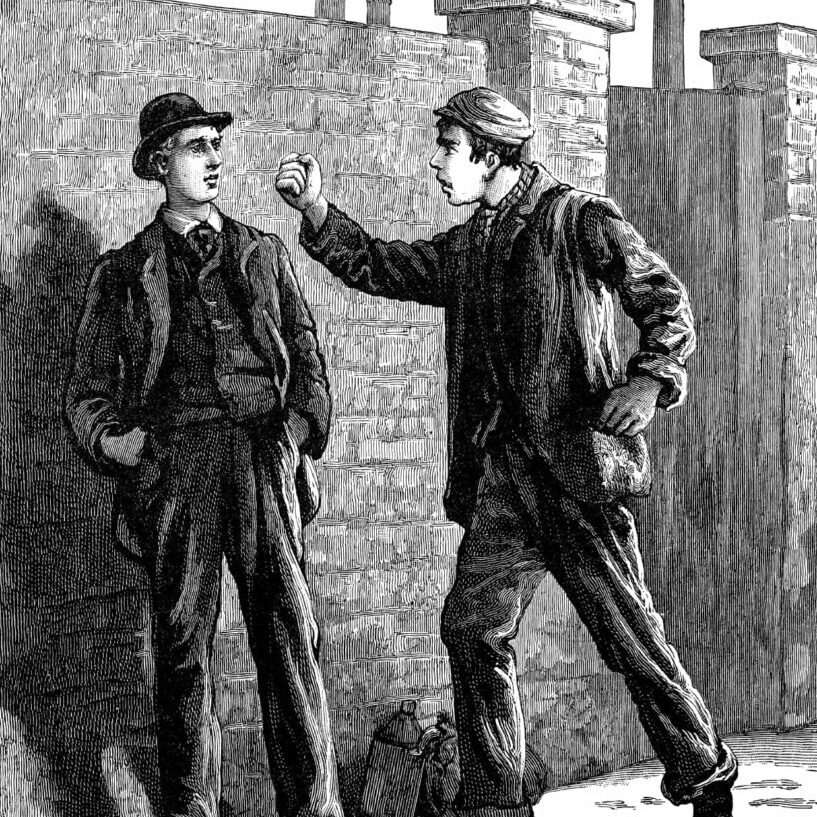Insights < BACK TO ALL INSIGHTS
The Road to True Threats is Paved with Intimidating Intentions
The Road to True Threats is Paved with Intimidating Intentions
By: Jeffrey Hamlin
Recently, the Tenth Circuit Court of Appeals considered the dividing line between free speech guarantees and the state’s authority to criminalize threat speech. In United States v. Heineman, the court held that the government must prove specific intent in true-threat cases: to obtain a conviction, prosecutors must prove not just that the defendant intended to communicate a threat, but that he intended for the recipient to feel threatened.
The underlying case was brought against Aaron Heineman, a white supremacist from Utah. Several years ago, he composed a “poem” and e-mailed it to a professor at the University of Utah. The writing addressed the professor by name and opened with the statement, “Come the time of the revolution[,] we will convene to detain you [a]nd slay you . . . .” Fearing for his safety, the professor notified authorities, who traced the e-mail back to Heineman. Heineman was charged with one count of sending an interstate threat in violation of 18 U.S.C. § 875(c).
At trial, Heineman claimed that he suffered from Asperger’s Disorder and, therefore, could not foresee that the professor would feel threatened by the poem. But the trial judge signaled that Heineman could be convicted on proof that he meant to send the communication, regardless of whether he intended a particular result.
After a bench trial, Heineman was convicted based on findings that he knowingly transmitted a communication containing a threat and that his poem was a “true threat” because it would cause a reasonable person to conclude that he intended to cause bodily injury.
On appeal, the Tenth Circuit reversed. Speaking for the court, Circuit Judge Harris Hartz explained that the district court’s “reasonable person” standard was not sufficiently protective of free-speech rights, especially given the Supreme Court’s 2003 decision in Black v. Virginia. In Black, the Court upheld Virginia’s authority to ban cross burnings carried out with the intent to intimidate, but prohibited the state from treating cross burning itself as prima facie evidence of that intent. The Court explained, “‘[T]rue threats’ encompass statements where the speaker means to communicate a serious expression of intent to commit an act of unlawful violence to a particular individual or group of individuals.” The Court continued, “Intimidation . . . is a specific type of ‘true threat’ where a speaker directs a threat to a person or group of persons with the intent of placing the victim in fear of bodily harm or death.”
The Tenth Circuit applied these definitions in Heineman’s case and concluded that, under the First Amendment, he could only be convicted of making a true threat if he intended the professor to feel threatened. In Judge Hartz’s view, when the Black Court said the speaker must “mean[ ] to communicate,” the Court was saying that the speaker must intend to communicate threatening words and to instill fear. Indeed, the plurality in Black criticized the prima facie rule precisely because it failed to distinguish between cross burning for purposes of stoking anger and resentment, on one hand, from cross burning for purposes of threatening or intimidating a victim, on the other. The former was considered protected speech, whereas the latter was proscribable as a “true threat.”
The Tenth Circuit is one of two federal appellate courts to interpret Black as requiring subjective intent. Six others have rejected that approach. One such decision has already made its way to the Supreme Court. By next summer, we should know whether the Tenth Circuit got it right.





